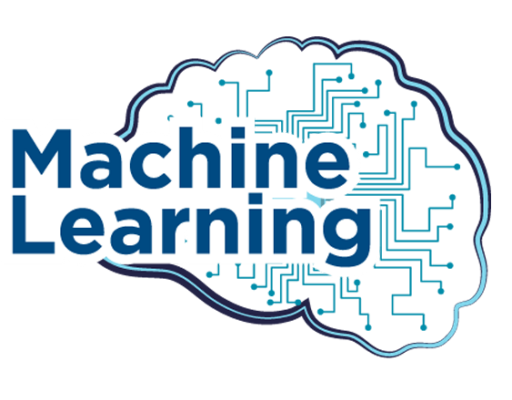Binary Cross Entropy also referred to as Log Loss, assumes a central role in scenarios where the classification task is binary in nature. In such instances, the model’s prediction pertains to one of two possible classes. Certainly, let’s delve deeper into the detailed uses of Binary Cross Entropy in various real-world applications:
1. Spam Detection:
- Application:
Spam detection is a classic binary classification problem. The goal is to determine whether an incoming email is spam (1) or not spam (0). This problem is prevalent in email systems, where accurately identifying spam emails is crucial to maintaining user experience and security.
- Usage of Binary Cross Entropy:
Binary Cross Entropy is employed to train a machine-learning model for spam detection. The model learns from historical email data, extracting features like keywords, sender information, and email content. The model then assigns a probability to each incoming email, indicating the likelihood that it’s spam.
- Significance:
Binary Cross Entropy quantifies the difference between the predicted spam probabilities and the true labels (spam or not spam) for the training examples. By minimizing this loss function, the model learns to assign higher probabilities to spam emails and lower probabilities to legitimate ones.
2. Sentiment Analysis
- Application:
Sentiment analysis involves determining the sentiment expressed in text, such as whether a piece of text is positive or negative. This application has wide-ranging uses, including understanding customer feedback, social media sentiment, and product reviews.
- Usage of Binary Cross Entropy:
In sentiment analysis, Binary Cross Entropy helps build models that predict whether a given piece of text carries a positive sentiment (1) or a negative sentiment (0). These models are trained on labeled datasets containing text samples along with their corresponding sentiment labels.
- Significance:
The loss function guides the model to capture patterns in text that are indicative of positive or negative sentiment. By comparing predicted sentiment probabilities to true sentiment labels, the model learns to make accurate sentiment predictions.
3. Medical Diagnosis:
- Application:
Medical diagnosis involves determining whether a patient has a specific medical condition based on input features such as patient history, symptoms, and test results. This binary classification task is of immense importance in healthcare.
- Usage of Binary Cross Entropy:
Binary Cross Entropy can be applied to train machine learning models for medical diagnosis. These models learn from datasets containing patient information and their corresponding diagnosis labels (presence or absence of a medical condition).
- Significance:
The loss function guides the model to correctly diagnose patients based on input data. It helps the model learn to recognize patterns and features that are indicative of a particular medical condition, thereby aiding accurate diagnosis.
4. Fraud Detection:
- Application:
Fraud detection is a binary classification problem involving financial transactions. The goal is to distinguish between legitimate transactions and fraudulent ones to prevent financial losses and maintain the integrity of financial systems.
- Usage of Binary Cross Entropy:
Machine learning models using Binary Cross Entropy are trained on historical transaction data. The models learn to assign probabilities to transactions indicating the likelihood of fraud (1) or non-fraud (0).
- Significance:
Binary Cross Entropy allows the model to differentiate between fraudulent and non-fraudulent transactions by comparing its predictions to the true labels. This helps financial institutions identify suspicious activities and take appropriate actions.
